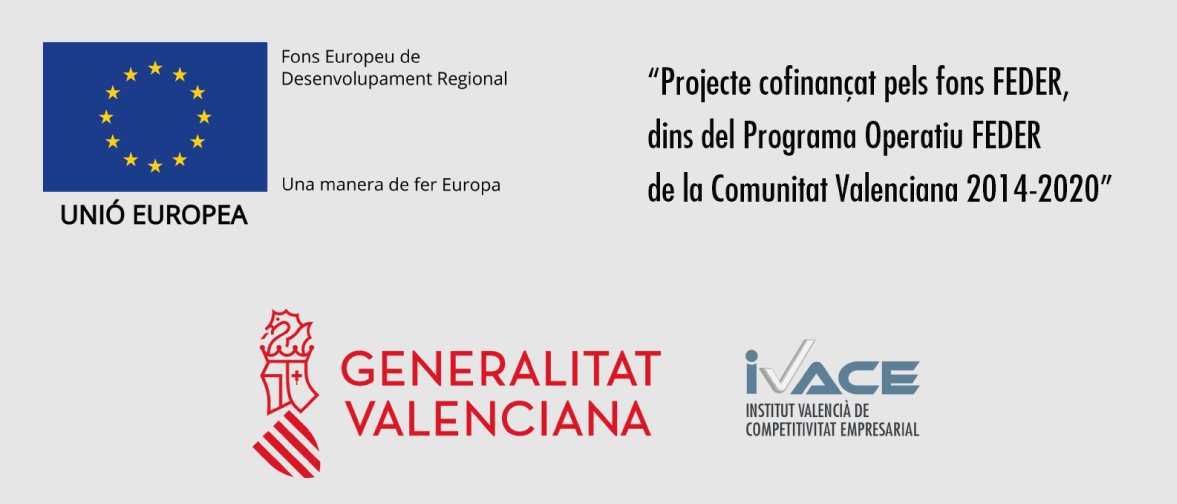2.1.4 - Transcriptome Assembly
The next step of this protocol is the transcriptome assembly step performed by the tool Cufflinks of Cufflinks package (Trapnell et al., 2012). This step is optional but useful for obtaining information about transcript isoforms. Cufflinks assembles the alignments into a parsimonious set of transcripts and, taking into account biases in library preparation protocol, estimates the relative abundances of these transcripts. The interface for Cufflinks also runs cuffcompare, cuffmerge, and cuffquant in the background to respectively compare your transcripts to known transcripts provided the GTF. It also merge (if you wish) the assemblies obtained per fastq library to obtain a consensus transcriptome and this way quantify the expression patterns in FPKMs. To perform the transcriptome assembly, go to the Step-by-Step menu path, Tophat/Hisat2 & Cufflinks → Transcriptome assembly → Cufflinks and proceed as indicated in Video 5.
|
Expected results from transcriptome assembly analysis: When Cufflinks is complete, you will receive a bam file per sample with the reads mapped against the reference genome. The expected results of this step are available in the following link Cufflinks Remember you can check if the job was successfully completed by accessing the job tracking panel of RNASeq. To learn more about Cufflinks package see, http://cole-trapnell-lab.github.io/cufflinks/manual/ |
|---|

